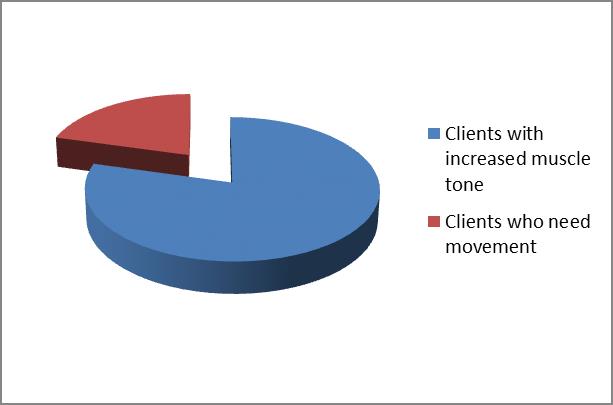Occupational therapist Michelle Lange recently conducted a survey on dynamic seating. Her questions focused on wheelchairs that have dynamic components integrated into or added to the design. Over 100 clinicians and suppliers responded and it’s clear that we’re seeing an increased appreciation for dynamic adaptive equipment for children and clients with unique positioning needs.
Michelle comments, “Dynamic seating options have been available for some time. However, they continue to be underutilized. This survey was designed to gather information on how frequently dynamic seating is currently being used, for what applications, and what barriers there are to more extensive use. This information will be used for educational purposes and may be published in the future.”
Survey Summary
While the full survey summary can be found here, I selected a few of the survey responses that I found particularly interesting.
Are you currently using dynamic seating?
- Yes 86.7%
- No 13.1%

For what body area do you most frequently apply dynamic movement?
- Trunk 35.6%
- Lower Extremities 30.3%
- Pelvis 23.3%
- Head 7.9%
- Upper Extremities 8.3%

For which client populations do you most frequently apply dynamic movement?
- Clients with increased muscle tone (i.e. cerebral palsy, brain injury) 79.4%
- Clients who need movement (i.e. clients who tend to rock) 20.6%

Do you believe that dynamic seating is underutilized in our field?
- Yes 88.9%
- No 11.1%

About the Author
Michelle Lange, the author of the survey, is a registered, licensed occupational therapist and a member of the American Board of Disability Analysts as well as a credentialed assistive technology professional. For the past ten years she has run Access to Independence, Inc., an organization based in Arvada, Colorado, dedicated to providing assistive technology solutions to people with disabilities.
Back to Top